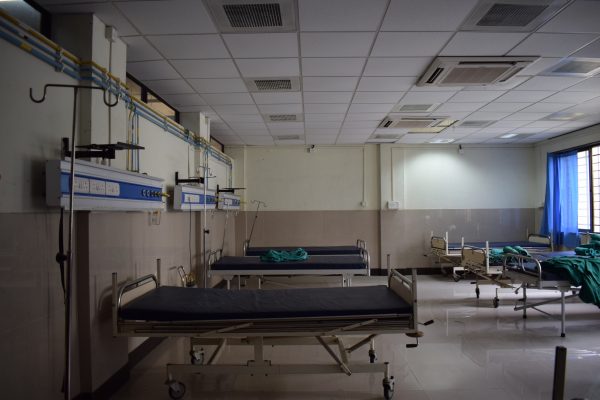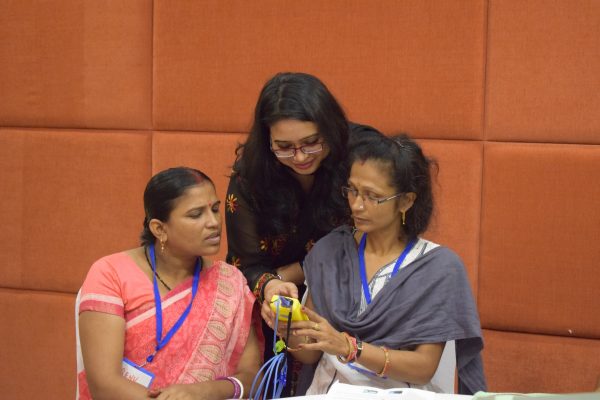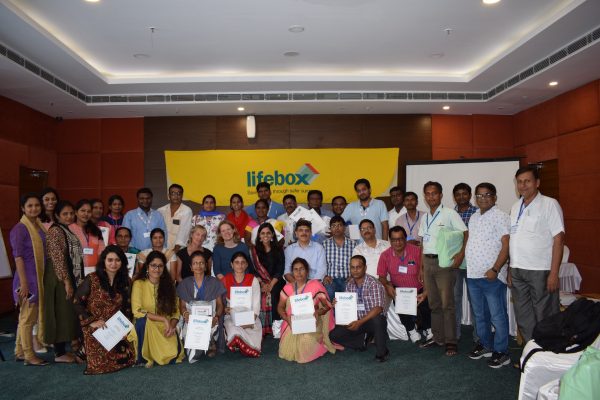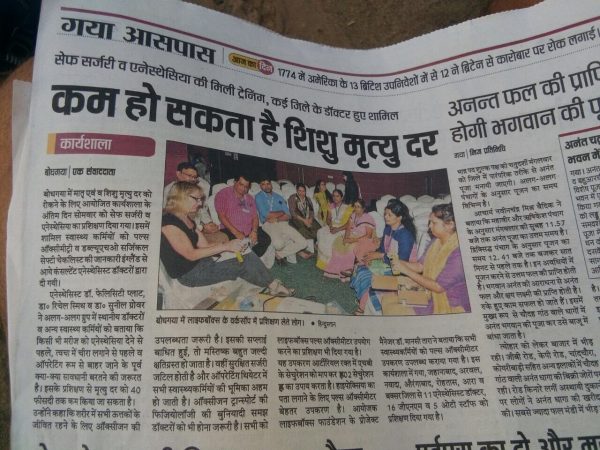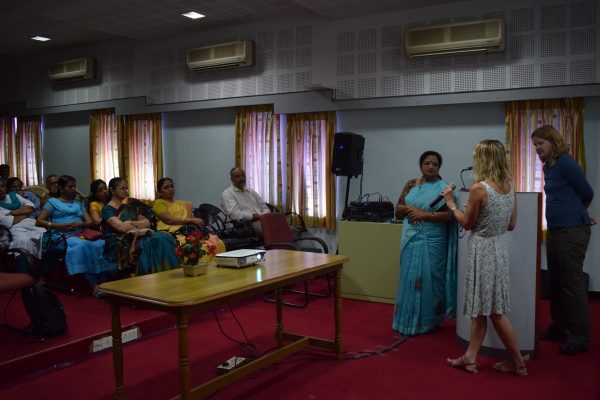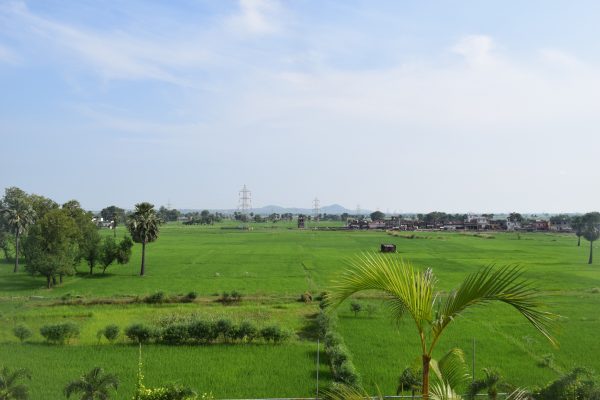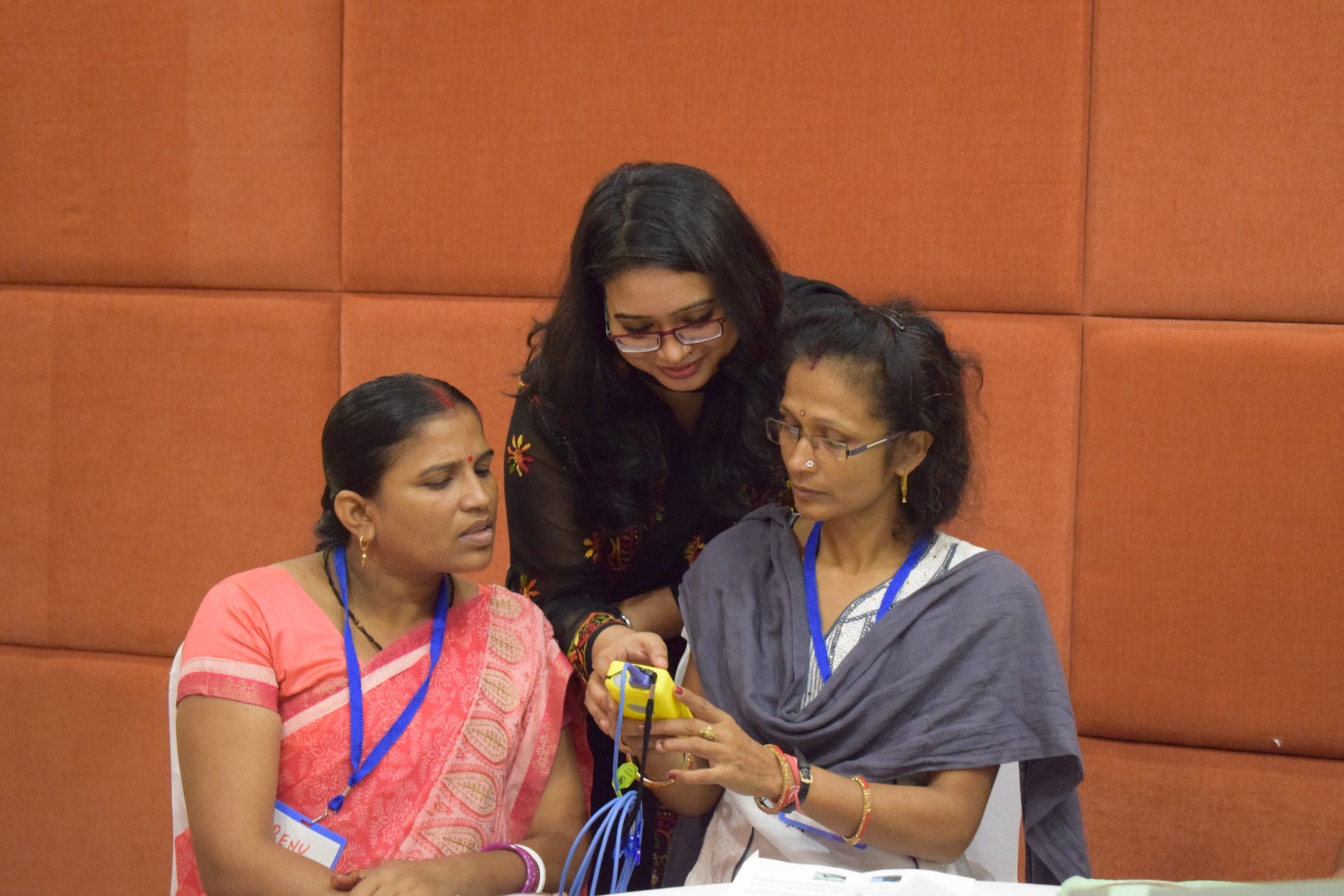
#SaferSurgeryIndia – Team Work
I started my very engaging and interesting trip to India from Hyderabad, a city in Telangana, where Lifebox donated pulse oximeters for the very first SAFE Paediatric course to take place in India. From Hyderabad I quickly moved onto Delhi, familiar territory for me, and took every opportunity to interact with the communities that are so critical to our safer surgery work: experienced public health professionals, future partners and driven anaesthetists.
These interactions set the stage for our ongoing examination into what India needs to support safer surgery and anaesthesia for all, and what challenges it faces delivering it. A common theme that echoed with almost all anaesthetists and support staff that I interacted with in each of the four states on my visit was the lack of availability of the pulse oximeter in recovery rooms. I see this as a potentially important space for Lifebox to work in and bridge the gap for the oximetry need in recovery rooms.
I then went to visit one of our most anticipated training sites, organised by our beloved local champion, Dr. Someshwar Patange in Nanded, Maharashtra. After being warmly welcomed by the entire team of anaesthetists driven by Lifebox’s mission, I visited the local hospitals and our training site. Colleague-to-colleague led education and training are central to Lifebox’s approach to safer surgery, and with the generosity of the dean of the medical college, we got permission to conduct our upcoming Lifebox train the trainers session, and workshop next month. Time to plan, as 228 delegates will be getting Lifebox training on their campus.
Nanded, sitting almost at the border of two very large states, Telangana and Maharashtra, seems like a huge hub for medical care with a high volume of patients, and safety at volume can be a challenge. Pulse oximetry is mandatory in all Indian Operating Theatres (OT), but on visiting the government teaching hospital the doctors expressed a severe shortage of oximeters in the post recovery area. They were very interested in getting training on the use of the WHO Surgical Safety Checklist.
My next stop was to Bihar, where my colleague Kitty reported from earlier this year. Lifebox, with the help of CARE and the Bihar government provided Lifebox training to 32 healthcare professionals (anaesthetists, residents, OT staff and nurses) from 8 districts and 9 facilities in Bihar. We also donated 19 oximeters to these facilities, linking essential equipment with sustainable use. The essence of the WHO Checklist is teamwork and communication, and so bringing the OT team together in one room acted as an incredible and appropriate team building exercise. Delegates appreciated the opportunity to talk about effective communication in surgery.
Lifebox is a collaborative organisation, and we’re always looking for ways to link our work with other colleagues committed to safer surgery and anaesthesia. I also helped to organise a SAFE Obstetrics course, developed by our co-founders the Association of Anaesthetists of Great Britain (AAGBI) and Ireland and the World Federation of Societies of Anaesthesiologists (WFSA) for 12 anaesthetists from this group. We had the privilege of having Dr. Felicity Plaat (President of Obstetric Anaesthetists Association), Dr. Sunil Grover (Vice President of British Association of Indian Anaesthetists) and Dr. Rachel Smith (Consultant Anaesthetist) as faculty.
The workshop was successful and received good feedback. One of the nurses from a district hospital in Bihar expressed the importance of using the Checklist, as she remembered a case when the wrong patient would have been operated on, had it not been for her checking the name. It is instances like these that reaffirm the importance of our work, and it’s good to know that our participants see the same value in it.
Safer surgery takes place in the OT, but at Lifebox we believe that awareness and knowledge of the issues is important for everyone, from the hospital to the home.We were fortunate to get media attention from the local news in Bhiar. The clipping below explained the use of the Checklist and the pulse oximeter to the general public, and the importance of the same for saving lives. It is critical for patients to be aware of the essential equipment and tools that should be used for their safety, and by advocating and increasing awareness for patient safety during surgery we enable them to make informed choices.
There were multiple challenges that we faced while learning about the anaesthesia practices in Bihar. It is a complicated issue, and by opening up discussions with healthcare professionals on safer practices, we hope to effect change. But some challenges are more immediate, and beyond all of our control – unfortunately, due to severe floods in northern Bihar we could not conduct a second round of training as planned for another district, Purnea. Instead our faculty kindly agreed to give interactive lectures on safe anaesthesia to doctors working in obstetric anaesthesia.
From Bihar, up north we travelled to the “Manchester of India” aka Coimbatore (Tamil Nadu). Here we visited four facilities; two private medical facilities, one government and one private teaching hospital. At the end of the trip we came back to Delhi to give a talk at the prestigious Sir Ganga Ram Hospital and address anaesthetists, obstetricians and post-graduate students.
We would like to thank the Stavros Niarchos Foundation for all the support they have provided us in this journey, enabling us to keep working towards providing safer anaesthesia and surgery in settings that need it the most.
Overall, the trip was very informative, helped me think about our steps forward, gave me the opportunity to meet our wonderful partners and see one of our workshops in action! I would leave you with this view from our training center, as a reminder to appreciate the beauty in the world even when it doesn’t always seem perfect.


